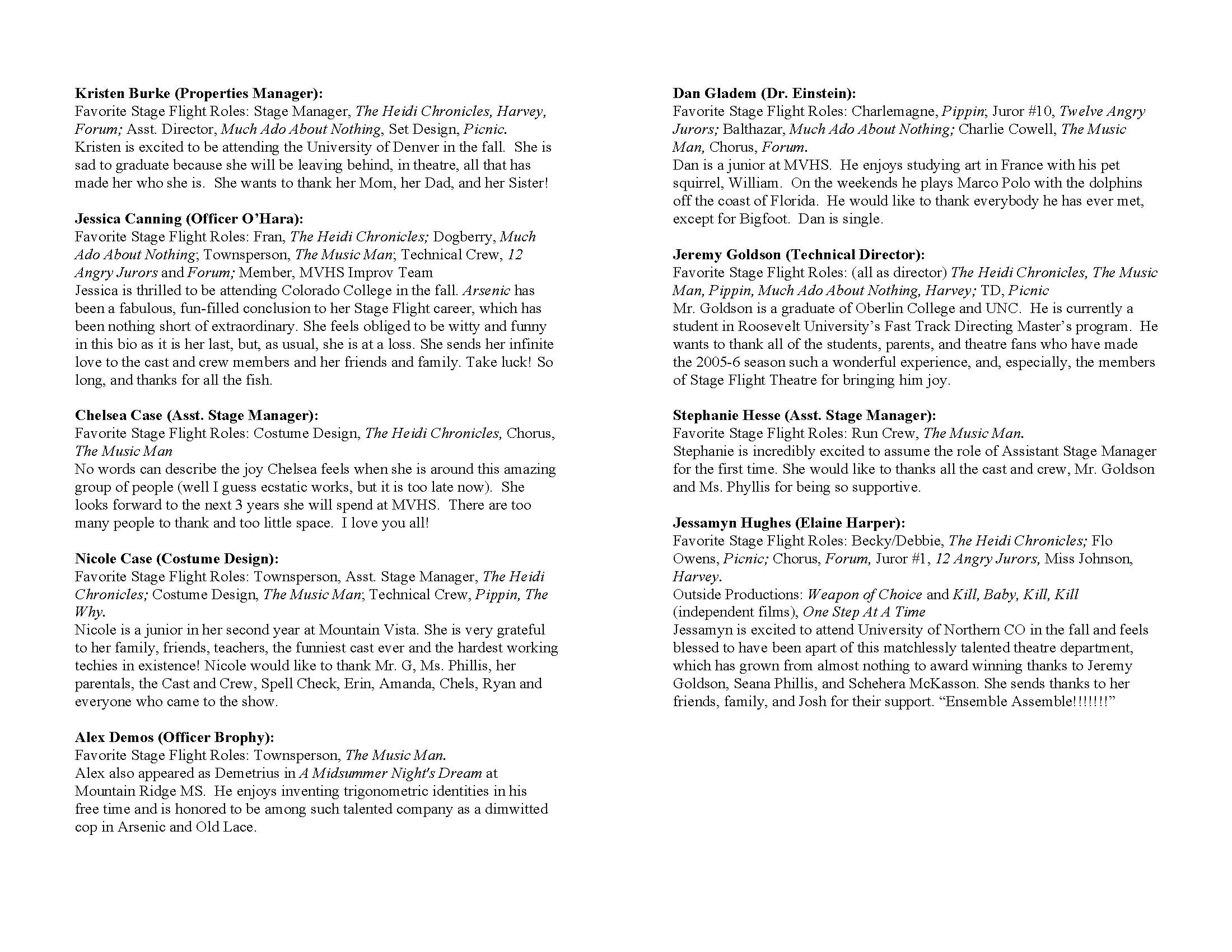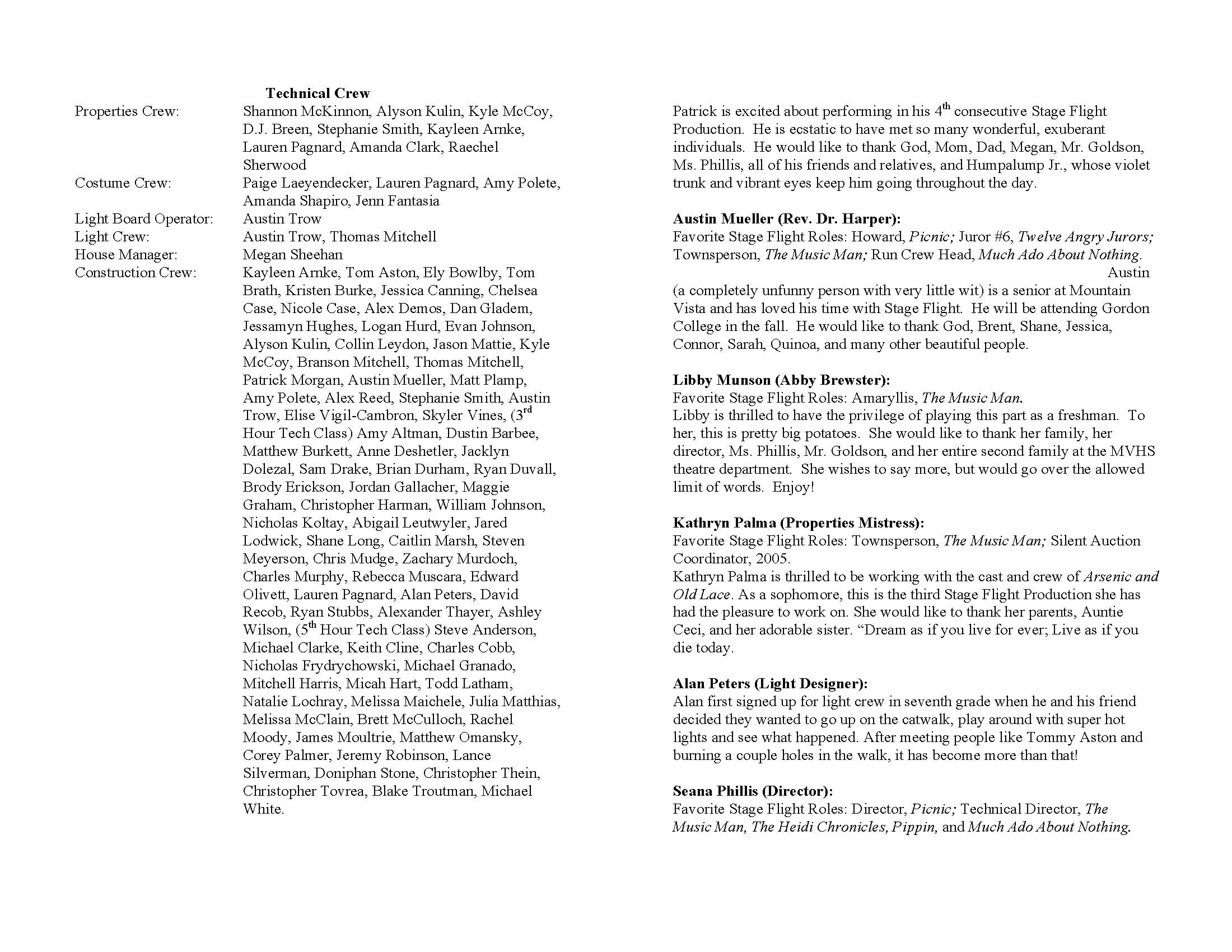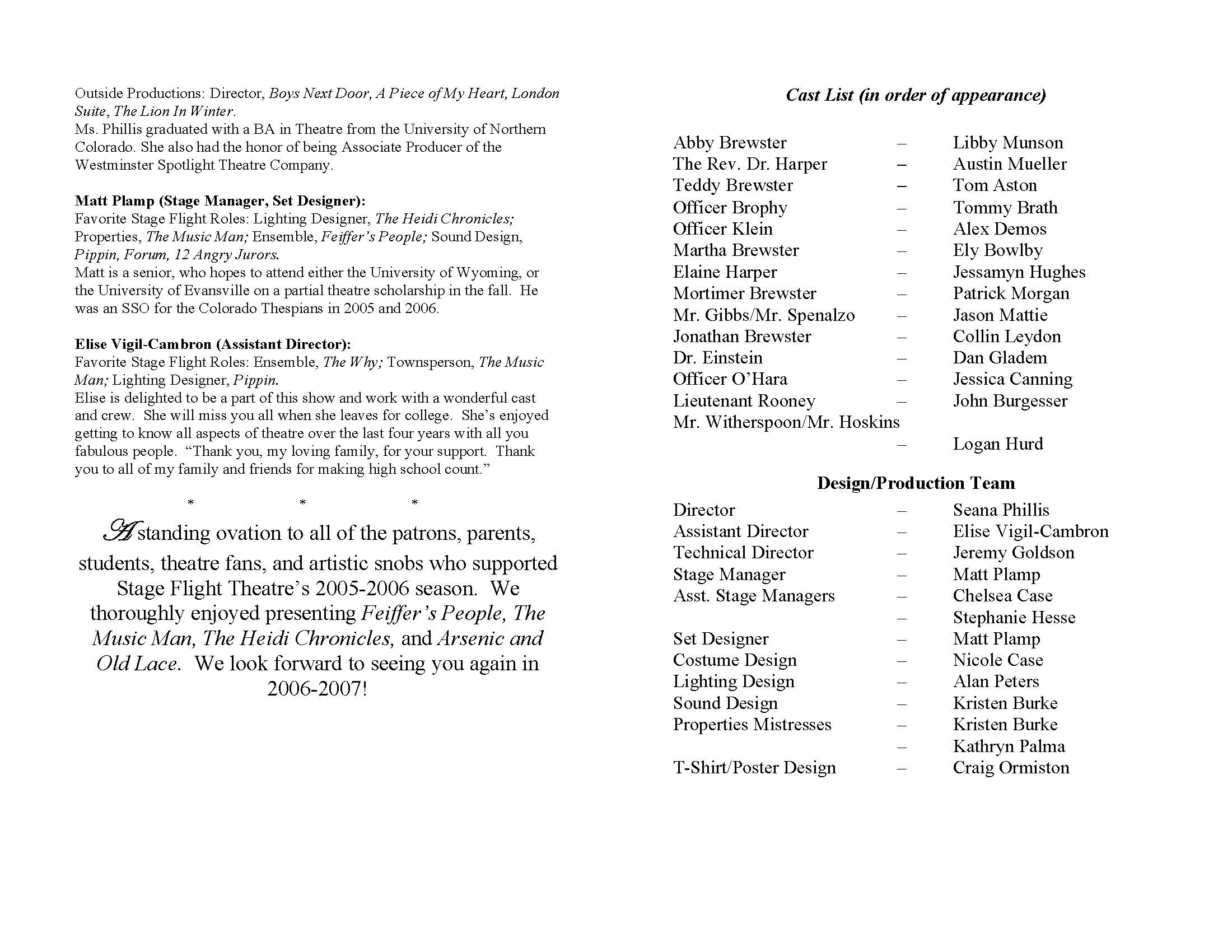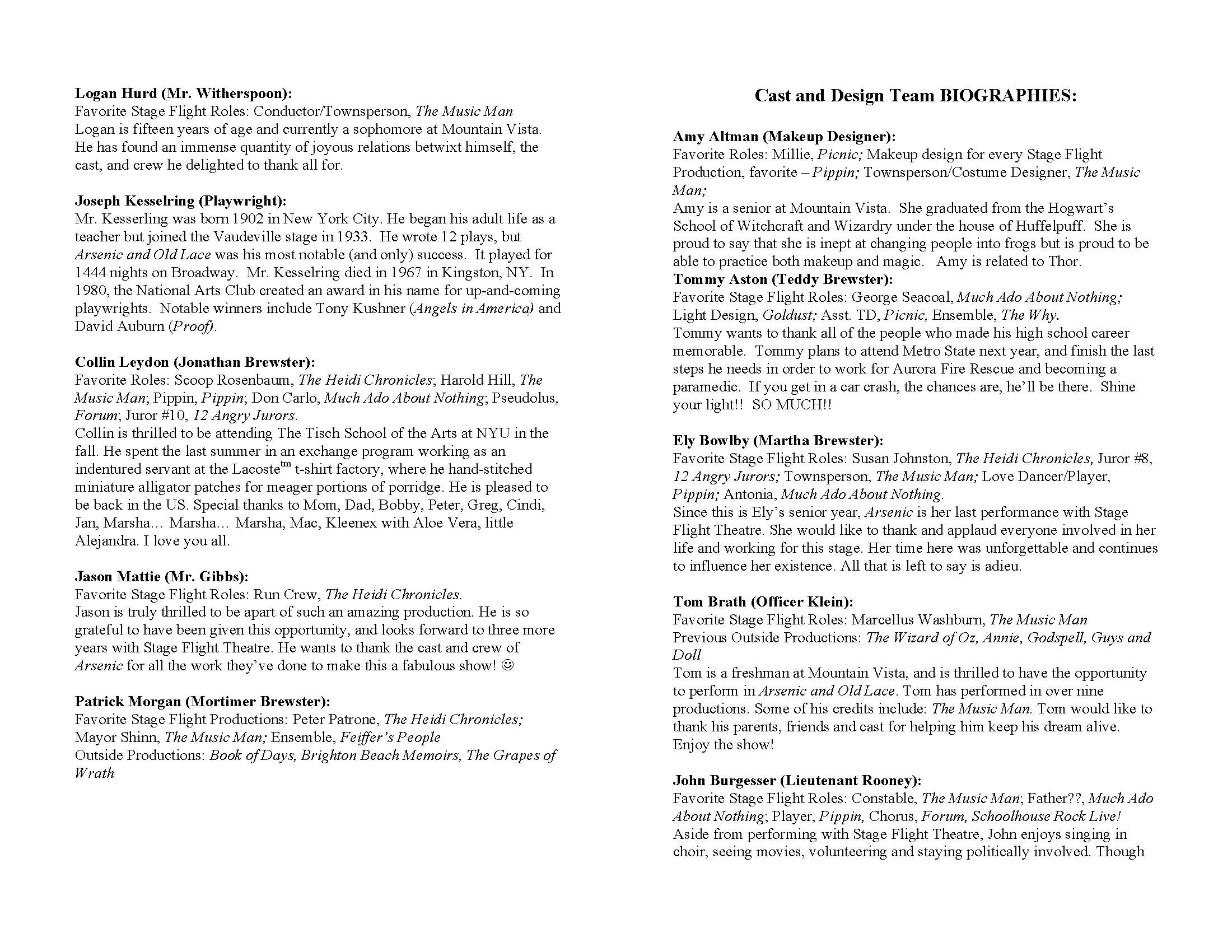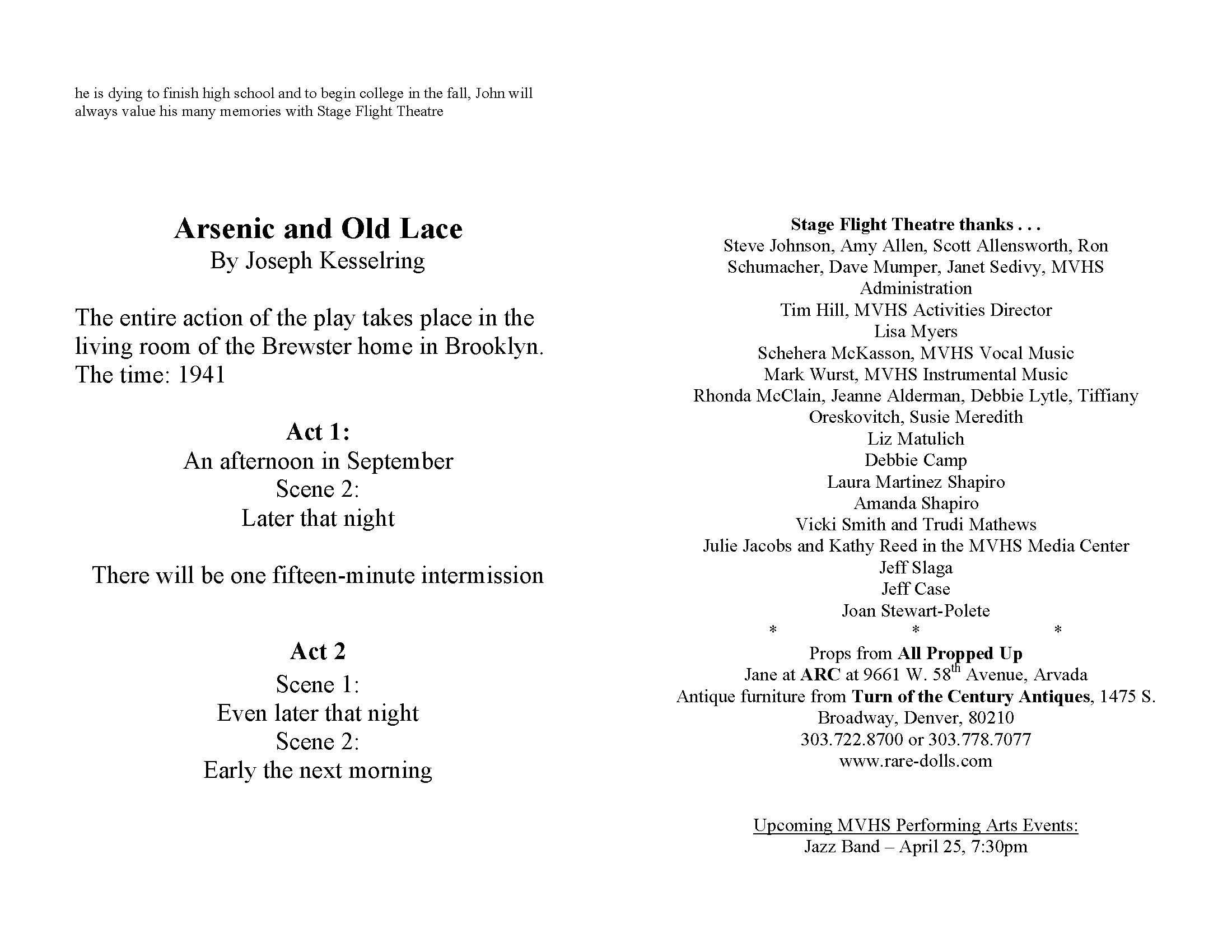The Sixties
The Feminine Mystique
1968 – Written by Betty Friedan, this novel sparked a national debate about women’s roles and in time was recognized as one of the central works of the modern women’s movement.
After researching the novel for five years and administering a survey to two-hundred of her fellow classmates, Friedan found that many of the women were unhappy with their lives and unsure why. Friedan blamed the unrest on the idealized image of femininity which she calls the feminine mystique. The unrest stems from women being forced into the roles of housewife and mother, denying them the ability to further their education or career lives, robbing them of their own identities.
————————————————————-
“When a motherhood becomes the fruit of a deep yearning, not the result of ignorance or accident, its children will become the foundation of a new race.” – Margaret Sanger
Birth Control
In the 1960s birth control was introduced to the public. To raise money for the research Margaret Sanger, a lifelong advocate of women’s rights and the use of birth control, raised the $150,000 necessary to create the first human birth control pill. Soon after, Frank Colton invented Enovid, the first oral contraceptive and was inducted into the National Inventors Hall of Fame. Birth control gave women the freedom to control their lives, futures and their bodies. This was a huge step in the direction of women’s rights.
————————————————————-
Women Roles in the Media
The women portrayed in the media were beautiful, witty and even more subservient, reflecting society’s image of the ideal woman. A popular actress Doris Day was the epitome of the prefect woman. On film Day depicted dazzling damsels tagging along after the leading men, but her submissive character carried off stage as well. She was married and divorced four times to men who were violent and forced her to act in movies that she didn’t want to. After her final divorce she dedicated her life to animals. Doris Day and other television wives and mothers were models for everyday housewives.
The Cold War
The Cold War was the strategic, economic and ideological struggle between the global superpowers the Union of Soviet Socialist Republics and the United States of America, supported by their respective and emerging alliance partners. The Cold War lasted over four decades, from circa 1947 (the post-World War II period) until the collapse of the Soviet Union in 1991.
The struggle was called the Cold War because it did not involve direct armed conflict between the contestants (by contrast, a so-called “hot” war). The Cold War was instead waged by means of diplomatic maneuvering, economic pressure, selective aid, intimidation, propaganda, assassination, low-intensity military operations and full-scale proxy war. The Cold War also simultaneously triggered the largest arms race (both conventional and nuclear) in history, leading to widespread global fears of a potential nuclear war. In addition to the United States and the Soviet Union, the United Kingdom, France, China and Israel also possessed nuclear weapons during the Cold War.
The Cold War began at the end of the strained alliance between the U.S. and the Soviet Union during World War II as both sides jockeyed for territory and position in a rebuilt Europe. A consistent tension between Communism and Capitalism spurred the United States’ involvement. The power of the Soviet Army and the fall of China to Communists in the late 1940’s helped create a climate of paranoia and hostility. The Cold War was fought through indirect armed conflicts like The Korean War, the Bay of Pigs Invasion and Cuban Missile Crisis, and the Vietnam War.
There were also strategic conflicts between the United States and the Soviet Union. There was overt conflict through acts of espionage and significant spying and concerns about nuclear weapons. Another manifestation was in the propaganda wars between the United States and the USSR. Indeed, it was far from certain that a global nuclear war would not result from smaller regional wars, which heightened the level of concern for each conflict. This tension shaped the lives of people around the world almost as much as the actual fighting did.
————————————————————-
The Vietnam War
The Vietnam War was a conflict between the Democratic Republic of
Vietnam (DRVN, or North Vietnam), allied with the Communist World, against the Republic of Vietnam (RVN, or South Vietnam), and its allies – notably the United States, with US combat troops involved from 1965 until the official withdrawal in 1973. The “Vietnam War” ostensibly began as a civil war between feuding governments, a South Vietnam that wanted to keep its power and hold off communism in the north and a North Vietnam that fought for independence and reunification after years of colonial occupation. In the context of the Cold War, and with the recent Korean War as a precedent, the U.S. feared that a reunified Vietnam would become Communist.
As important as the War itself was as a political event, the ramifications of the War, and fighting a war that many people did not “believe in”, socially in the United States were longer lasting. The soldiers were part of a larger class and racial struggle that enveloped the entire country, as most of the soldiers drafted were either minorities, lower class, or both. Privileged and wealthier Americans were able to avoid being drafted.
As American casualties mounted and the Civil Rights movement began to take hold in the middle 1960’s, opposition to the War became more widespread and vehement. Many famous and influential people, from athletes to politicians to movie and music stars spoke out aggressively against the conflict. “I ain’t got no problem with the Viet Cong. Ain’t no Viet Cong ever called me nigger.” – Muhammad Ali. The 1968 Presidential Election revolved around getting the United States out of Vietnam and the riots at the Democratic Convention in Chicago shook the entire country. Anti-war sentiment became more entrenched and strong after National Guardsmen killed 4 protesting college students at Kent State University in 1970.
————————————————————-
In July of 1969 Neal Armstrong and Edwin “Buzz” Aldrin were the first men to set foot on the Moon. While on the moon the two men collected data and preformed exercises. Later they planted the American flag and unveiled a plague bearing President Nixon’s signature and engraved in it were the words, “Here men from the planet earth first set foot upon the Moon July 1969 AD. We came in peace for all mankind.”
————————————————————-
The sixties were riddled with the many victories and struggles for the Civil Rights movement. In 1961 the first African American student, James Meredith, enrolls in the University of Mississippi but it is met by opposition and 50,000 federal troops were sent to his aid. 1963 may have been the roughest year; Civil rights leader Dr. Martin Luther King Jr. was arrested in Birmingham Alabama, Commissioner of Public Safety Eugene “Bull” Connor uses fire hoses and police dogs on black demonstrators and 500,000 protestors meet at the Lincoln memorial the hear Luther’s “I have a dream…” speech. The next year the 24th Amendment abolishes a voting tax and soon President Johnson signed the Civil Rights Act of 1964, which prohibits discrimination of all kinds based on race, color, religion, or national origin. The law also provides the federal government with the powers to enforce desegregation. Soon Voting Rights Act of 1965 was also passed, making it easier for Southern blacks to register to vote. Literacy tests, poll taxes, and other such requirements that were used to restrict black voting are made illegal. Later President Johnson signed the Civil Rights Act of 1968, prohibiting discrimination in the sale, rental, and financing of housing.
Fashion
Scandalous new styles were created and designers shifted to the ready-to-wear market. This is what is known as the Swinging Sixties. The mini skirt was introduced as well as unisex garments and trousers for women. Men wore radically flamboyant fashions and anti-establishment style was in. There were no longer set rules that fashion followed. By the mid-60’s clothes were being made by the young for the young. This was a time of ‘out with the old and in with the new.’
————————————————————-
The 70’s
————————————————————-
Watergate
On June 17, 1972 the Democratic National Committee in Watergate Hotel was burglarized by five men. These men were sent by the Committee to Re-Elect the President to repair previously installed wire taps and photograph documents. Transcripts of the tape recordings in President Nixon’s were subpoenaed by both first special prosecutor Archibald Cox and the Senate, as they might prove whether Nixon or Dean was telling the truth about key meetings. Nixon refused, citing the principle of executive privilege but soon turned over tapes that had been edited, leaving out 18 ½ minutes. The Supreme Court then overthrew Nixon’s executive privilege excuse. The House of Representatives began the process of impeachment citing abuse of power and contempt of Congress. Then when the tapes were released, they documented Nixon’s plan to slow down the investigation into the burglary. On August 9, 1974 Nixon formally resigned from his office.
————————————————————-
Three Mile Island
Three Mile Island is a U.S. nuclear power plant that, on March 28, 1979, suffered a partial core meltdown. The Three Mile Island Nuclear Generating Station sits on the island in the Susquehanna River in Dauphin County, Pennsylvania. Eventually the reactor was brought under control but the crisis had devastating effects on the economy public relations. In addition to the slow and costly clean-up, it also furthered a minor decline in the public popularity of nuclear power, exemplifying for many the worst fears of nuclear technology.
————————————————————-
Roe vs. Wade
Roe v. Wade was a United States Supreme Court case that determined that laws against abortion violate the constitutional right to privacy. The decision overturned all state laws that banned or restricted abortion. “Jane Roe” (whose real name was Norma McCorvey) was a woman who challenged the criminal abortion laws in Texas as unconstitutional. The abortion laws at the time forbade abortion except in cases where the mother’s life was in danger. The conclusion held that a woman’s right to an abortion falls within the right to privacy protected by the Fourteenth Amendment. The Roe v. Wade decision gave women the right to abortion during her entire pregnancy and defined different levels of state interest for regulating abortion in the second and third trimesters.
————————————————————-
OPEC Crisis
In the Autumn of 1973 The Organization of Petroleum Exporting Countries (OPEC) decided to raise oil prices, forcing the world to dramatically cut back on its supply. OPEC continued asserting itself on the world stage and gained greater control of the oil industry. The cartel quadrupled world oil prices from 1973 to 1974 and prices rose significantly again (150%) in 1979 in the wake of the Iranian Revolution. The United States who consumed 33% of the oil was enforced restrictions such as only allowing cars to refuel on even or odd days and lowering the national maximum speed limit. Propaganda like “Don’t be fuelish” also circulated.
————————————————————-
James Carter announced his candidacy for President in December 1974 and began a two-year campaign that gradually gained momentum. At the Democratic Convention, he was nominated on the first ballot. He chose Senator Walter F. Mondale of Minnesota as his running mate. Carter campaigned hard against President Gerald R. Ford, debating with him three times. Carter won by 297 electoral votes to 241 for Ford. Carter worked hard to combat the continuing economic woes of inflation and unemployment. The seizure as hostages of the U. S. embassy staff in Iran dominated the news during the last 14 months of the administration. The consequences of Iran’s holding Americans captive, together with continuing inflation at home, contributed to Carter’s defeat in 1980. Even then, he continued the difficult negotiations over the hostages. Iran finally released the 52 Americans the same day Carter left office. By the end of his administration, he could claim an increase of nearly eight million jobs and a decrease in the budget deficit, measured in percentage of the gross national product. Unfortunately, inflation and interest rates were at near record highs, and efforts to reduce them caused a short recession.
————————————————————-
By 1970 women chose who they wanted to be and if they felt like wearing a short mini skirt one day and a maxi dress, midi skirt or hot pants the next day that’s what they did. For evening women often wore full-length maxi dresses or evening trousers or glamorous halter neck cat suits. Some of the dresses oozed Motown glamour, others less so. At a disco girls might don hot pants. In contrast to the reveal all mini, a woman would suddenly confound men by completely covering her legs and retort that mini dresses were exploitation of rather than the liberation of women.
The 80’s
————————————————————-
In 1980 the United States of America along with 45 – 50 counties refused to participate in the Summer Olympics in Moscow as a boycott in response to the USSR invading Afghanistan. In retaliation for the boycott, the Soviet Union and 13 of its allies (including East Germany and Cuba) boycotted the 1984 Summer Olympics in Los Angeles.
————————————————————-
The first 24 hour-a-day music television station is born
————————————————————-
Ronald Reagan won the Republican Presidential nomination in 1980 and chose as his running mate former Texas Congressman and United Nations Ambassador George Bush. Voters troubled by inflation and by the year-long confinement of Americans in Iran swept the Republican ticket into office. Reagan won 489 electoral votes to 49 for President Jimmy Carter. On January 20, 1981, Reagan took office. Only 69 days later he was shot by a would-be assassin, but quickly recovered and returned to duty. The Regan years were peaceful and prosperous; the nation enjoyed the longest recorded period of peacetime prosperity without recession or depression.
————————————————————-
On June 18, 1983, Dr. Sally Ride became the first American woman in space on the shuttle Challenger (STS-7). Her next flight was an eight-day mission in 1984, again on Challenger (STS 41-G). Her cumulative hours of space flight are more than 343. On the space shuttle Columbia (November 1981 and March 1982), Ride served as communications officer, relaying radio messages from mission control to the shuttle crews. Dr. Ride was also assigned to the team that designed the remote mechanical arm, used by shuttle crews to deploy and retrieve satellites. Dr. Ride retired from NASA in 1987 to become a Science Fellow at the Center for International Security and Arms Control at Stanford University. After two years, she was named Director of the California Space Institute and Professor of Physics at the University of California, San Diego where encouraged young women to study science and math.
————————————————————-
Challenger disaster
The Space Shuttle Challenger disaster occurred on the morning of January 28, 1986, at 11:39 EST, when Space Shuttle Challenger was destroyed 73 seconds into its flight because of the failure of an O-ring seal in the right solid rocket booster. The leak caused a flame caused a structural failure of the external tank which caused the orbiter to break up from aerodynamic forces. All seven crew members were killed when the slowly tumbling detached crew compartment impacted the ocean. President Reagan later addressed the nation with the words, “We will never forget them, nor the last time we saw them, this morning, as they prepared for their journey and waved goodbye and ‘slipped the surly bonds of earth’ to ‘touch the face of God.”
————————————————————-
The fall of the Berlin Wall
The East German government submitted to mass protests for more freedoms and opened its borders, allowing its people to visit the West. This marks the end of Communism.
————————————————————-
An earthquake at 8:32 AM on May 18, 1980, caused the entire weakened north face of Mount Saint Helens to slide away, suddenly exposing the partly molten, gas- and steam-rich rock in the volcano to lower pressure. The rock responded by exploding into a super-heated mix of pulverized lava and older rock that sped toward Spirit Lake so fast that it quickly passed the avalanching north face. By the time the ash settled, 57 people and thousands of animals were dead, hundreds of square miles reduced to wasteland, over a billion U.S. dollars in damage had occurred, and the once-graceful face of Mount St. Helens was scarred with a huge crater open to the north.
————————————————————-
Fashion featured power dressing for women. Coordinated jackets with wide padded shoulders and short tight skirts contrasted the fashion trends set by the young who were influenced by music industry video clips. Clones of Madonna wearing skimpy clothing walked the streets.
Designer labels were popular, fake jewelry and the Lycra leotard resulted out of the rush to fitness. Aerobics classes were all the go.
Bibliography
http://news.bbc.co.uk/onthisday/hi/dates/stories/july/21/newsid_2635000/2635845.stm
http://www.infoplease.com/spot/civilrightstimeline1.html
www.pop-boutique.com/pop/who/pg4.htmlCopyright The Vintage Clothing Company 2003
June 1, 2003 Sixties Central, Copyright 1998-2003 by Mandy Hoeymakers
http://home.utm.utoronto.ca/~kathrynd/GENDER%20WEBSITE/IMAGES/70s%20-%20fashion%20ranch.jpg Pauline Weston Thomas and Guy Thomas.
http://mooreslore.corante.com/archives/images/vietnam%20war.jpg
womensissues.about.com/od/abortionlaw/i/roevwade.htm
http://canadianeconomy.gc.ca/english/economy/1973opec.html
http://www.whitehouse.gov/history/presidents
Fashion-era.com Copyright © 2001-2006 on all content in Fashion-Era.com.
Mables.com
http://users.bigpond.net.au/dbalink/Life%20in%20the%20Eighties/challenge/019.htm
http://www.thinkgeek.com/
